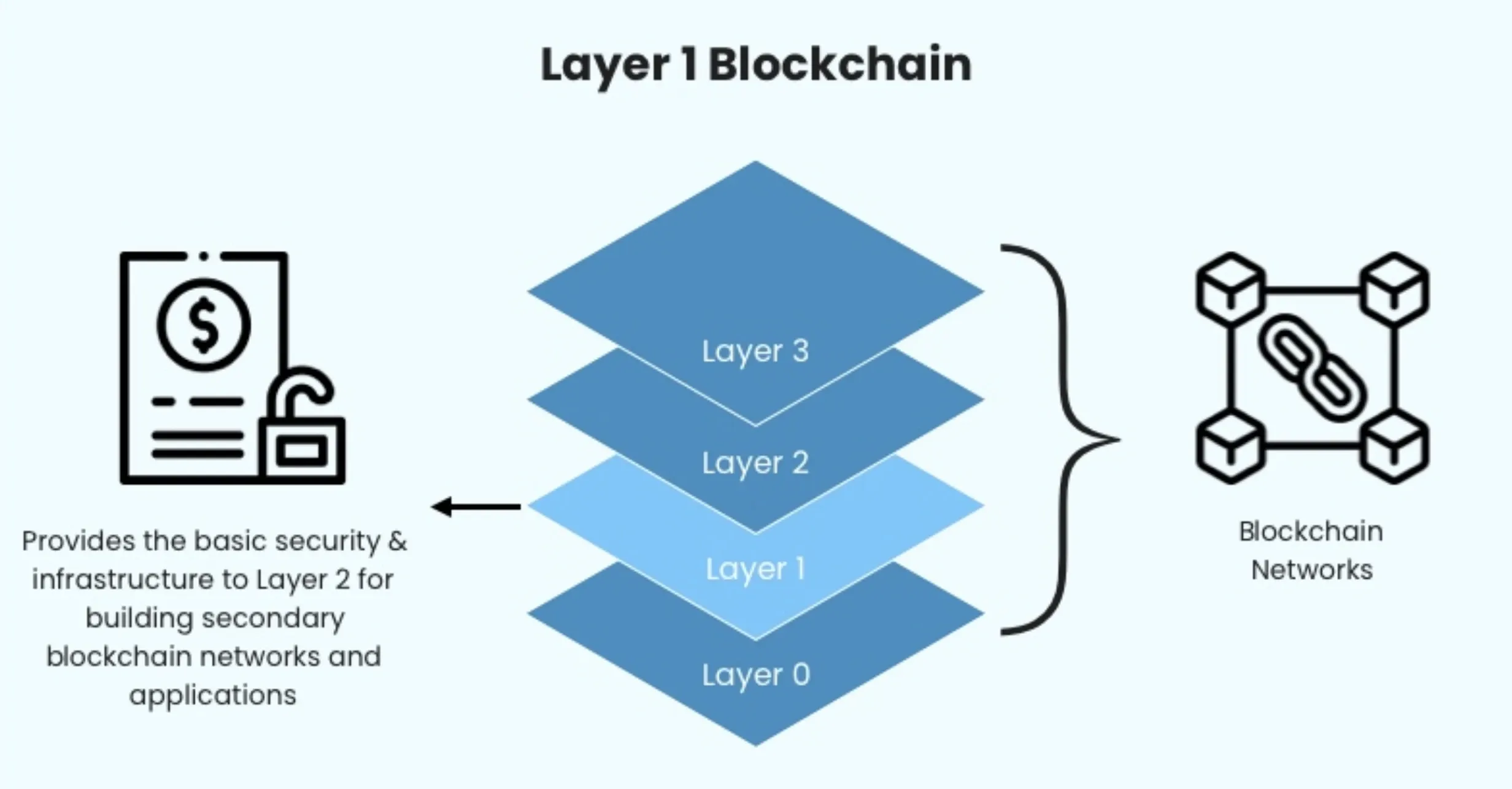Layer 1 blockchains serve as the backbone of the decentralized digital landscape, providing the foundational infrastructure for innovative blockchain technologies. These base-level networks play a crucial role in the cryptocurrency and blockchain ecosystems, enabling the development of transformative decentralized applications (dApps) and digital economies.
Understanding Layer 1 Blockchains
A Layer 1 blockchain is the primary blockchain network that directly processes and validates transactions on its native blockchain. These networks maintain autonomy in their consensus mechanisms, security protocols, and transaction validation processes, distinguishing them from secondary layers.
Key Features of Layer 1 Blockchains
- Native Cryptocurrency: Each Layer 1 blockchain has its own native token used for transaction fees, staking, and governance
- Full Decentralization: Complete control and validation happen within the primary network
- Independent Consensus Mechanisms: Utilizes unique protocols like Proof of Work (PoW), Proof of Stake (PoS), or hybrid models
- Scalability Solutions: Implements mechanisms to address transaction speed and network congestion

Layer-1 blockchains form the backbone of the entire crypto industry (Debut Infotech)
Top Layer 1 Blockchain Projects
1. Bitcoin
- The original Layer 1 blockchain
- Pioneering decentralized digital currency
- Primarily used as a store of value and digital gold
- Proof of Work (PoW) consensus mechanism
The Emergence of Meme-Driven Layer 1 Blockchains
Berachain: The Next Evolution of Meme-Driven Blockchain?

BERA takes a more creative approach to branding than most layer-1 networks (Berachain website)

